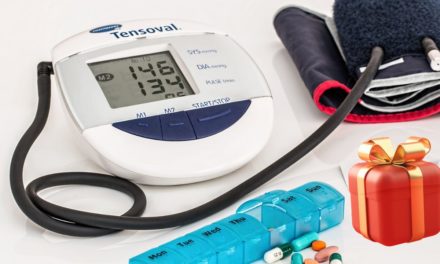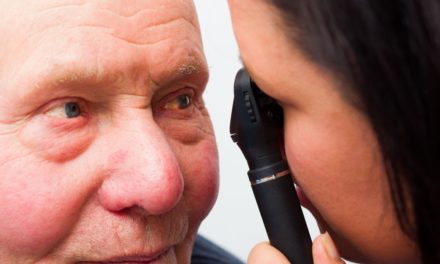Recognizing the warning signs of type 2 diabetes is critical to early detection and management of the condition. Type 2 diabetes is a chronic metabolic disorder that affects the body’s ability to properly regulate blood sugar levels. The condition is caused by insulin resistance, which means the body’s cells do not respond effectively to insulin, the hormone responsible for transporting glucose from the bloodstream into cells for energy.
The main signs and warning signs of type 2 diabetes are:
1. Increased thirst (Polydipsia):
People with type 2 diabetes often experience excessive thirst. This is because high blood sugar levels lead to dehydration as the body tries to eliminate excess glucose through increased urine production.
2. Frequent urination (Polyuria):
Another common symptom is the need to urinate more frequently, especially at night (nocturia). This happens because the kidneys work overtime to remove excess sugar from the blood, which increases urine output.
3. Increased appetite (polyphagia):
Despite eating regularly, people with type 2 diabetes may still feel constantly hungry. This is due to the inability of the body to use glucose properly, resulting in a constant feeling of hunger.
4. Unexplained weight loss:
Some people with undiagnosed or poorly managed type 2 diabetes may experience unexplained weight loss. This happens because the body is unable to use glucose efficiently, causing it to break down fat and muscle tissue for energy.
5. Fatigue and weakness:
Feeling tired or fatigued even after getting enough rest can be a sign of type 2 diabetes. High blood sugar levels prevent cells from getting enough energy, resulting in constant fatigue.
6. Fading:
High blood sugar levels can affect the lens of the eye, causing them to swell. This can lead to blurred or distorted vision. Blurred vision can also be caused by damage to the blood vessels in the retina, known as diabetic retinopathy.
7. Slowing down of wounds:
Type 2 diabetes can affect the body’s ability to heal itself properly. Minor cuts, bruises, or sores may take longer to heal than usual.
8. Recurrent infections:
High blood sugar levels can weaken the immune system, making people with type 2 diabetes more prone to infections. Common infections include urinary tract infection, yeast infection and skin infection.
9. Numbness or Numbness:
Prolonged high blood sugar levels can damage the nerves, causing a condition called diabetic neuropathy. Symptoms may include a tingling, numbness, or burning sensation, usually felt in the hands, feet, or legs.
It is important to note that not everyone with type 2 diabetes experiences all these symptoms. Additionally, some people can have diabetes without any noticeable symptoms. Therefore, it is important to undergo regular check-ups and screenings, especially if you have risk factors such as a family history of diabetes, obesity, a sedentary lifestyle, or a history of gestational diabetes.
If you notice any of these warning signs or suspect that you may have type 2 diabetes, it is important to consult a healthcare professional for an accurate diagnosis and appropriate management plan. Early diagnosis and proper management can significantly reduce the risk of complications associated with type 2 diabetes.










